A particle 'A' starts moving frorri point A with constant velocity 4 m/s along x-axis. Another particle 'B' initially at rest starts moving along x-axis after (8/3), sec after the start of A, with acceleration varying
Variation of velocity uf the particle B with time is best represented by :
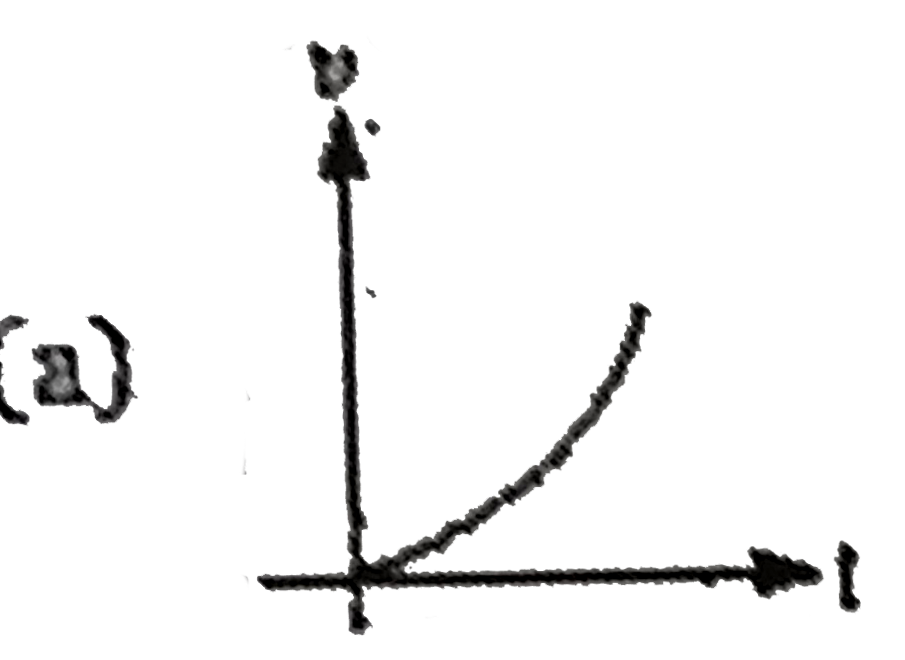
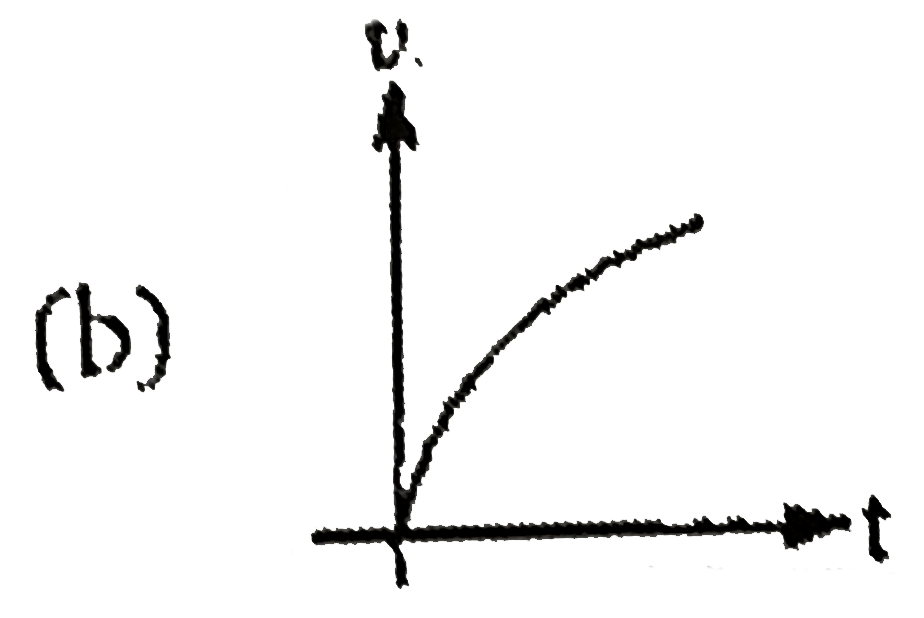
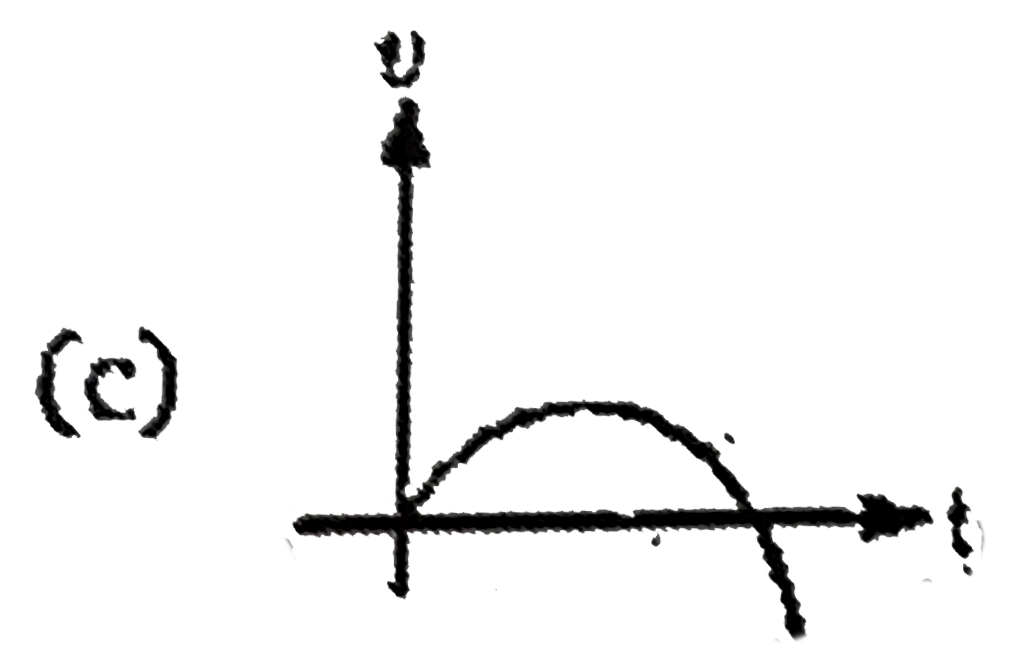
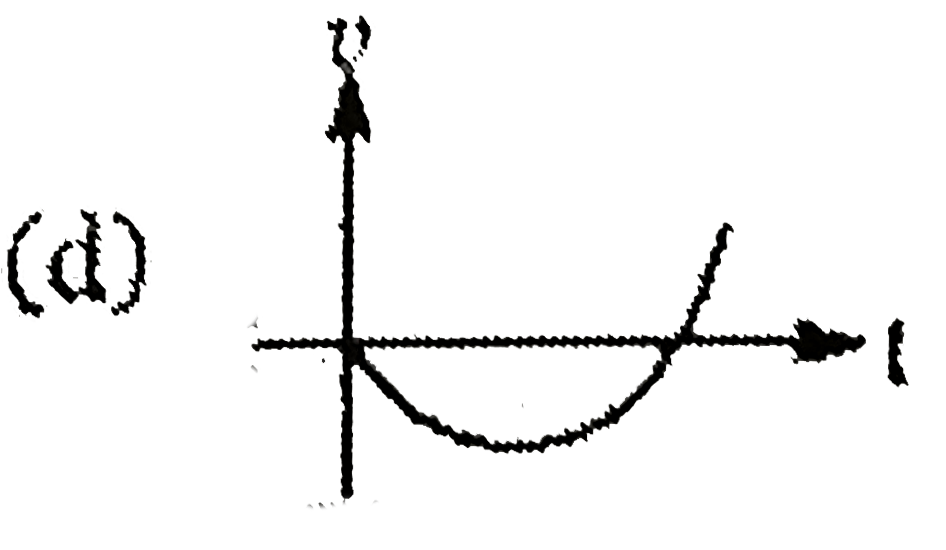
The correct Answer is:C
Step by step video, text & image solution for A particle 'A' starts moving frorri point A with constant velocity 4 m/s along x-axis. Another particle 'B' initially at rest starts moving along x-axis after (8/3), sec after the start of A, with acceleration varying a=4=(3-t) m//s^(2) Variation of velocity uf the particle B with time is best represented by : by Physics experts to help you in doubts & scoring excellent marks in Class 11 exams.
Updated on:21/07/2023Topper's Solved these Questions
Similar Questions
A particle starts from rest and moves with an acceleration of a={2+|t−2|}m/s2 The velocity of the particle at t=4 sec is
View SolutionA particle initially at rest starts moving along x-axis.Its acceleration varies with time as a=6tm/s^(2) .If it starts from x=10m .Then the position of particle at t=2s is
View Solution
Knowledge Check
A particle 'A' starts moving frorri point A with constant velocity 4 m/s along x-axis. Another particle 'B' initially at rest starts moving along x-axis after (8/3), sec after the start of A, with acceleration varying a=4=(3−t)m/s2
Magnitude of the relative velocity of the two particles when they meet for the first time is :A16m/sB12m/sC20m/sD18m/sA particle 'A' starts moving frorri point A with constant velocity 4 m/s along x-axis. Another particle 'B' initially at rest starts moving along x-axis after (8/3), sec after the start of A, with acceleration varying a=4=(3−t)m/s2
Magnitude of the relative velocity of the two particles when they meet for the second time is :A16m/sB32m/sC36m/sD28m/sA particle 'A' starts moving frorri point A with constant velocity 4 m/s along x-axis. Another particle 'B' initially at rest starts moving along x-axis after (8/3), sec after the start of A, with acceleration varying a=4=(3−t)m/s2
Particle B will stop again at the position x equal to :A72mB36mC3mD6m
A particle 'A' starts moving frorri point A with constant velocity 4 m/s along x-axis. Another particle 'B' initially at rest starts moving along x-axis after (8/3), sec after the start of A, with acceleration varying a=4=(3−t)m/s2
Total distance traveled by the particle B when it meets the particle A for the second time is :
View SolutionA particle 'A' starts moving frorri point A with constant velocity 4 m/s along x-axis. Another particle 'B' initially at rest starts moving along x-axis after (8/3), sec after the start of A, with acceleration varying a=4=(3−t)m/s2
Position where the two particles will meet for the second time is given by :
View SolutionA particle 'A' starts moving frorri point A with constant velocity 4 m/s along x-axis. Another particle 'B' initially at rest starts moving along x-axis after (8/3), sec after the start of A, with acceleration varying a=4=(3−t)m/s2
The two particles will meet twice in the due course of their motion. The time interval between these two successive meets will be :
View SolutionA Body intially at rest, starts moving along x−axis in such a way so that its acceleration vs displacement plot is as shown in figure. The maximum velocity of particle is :−
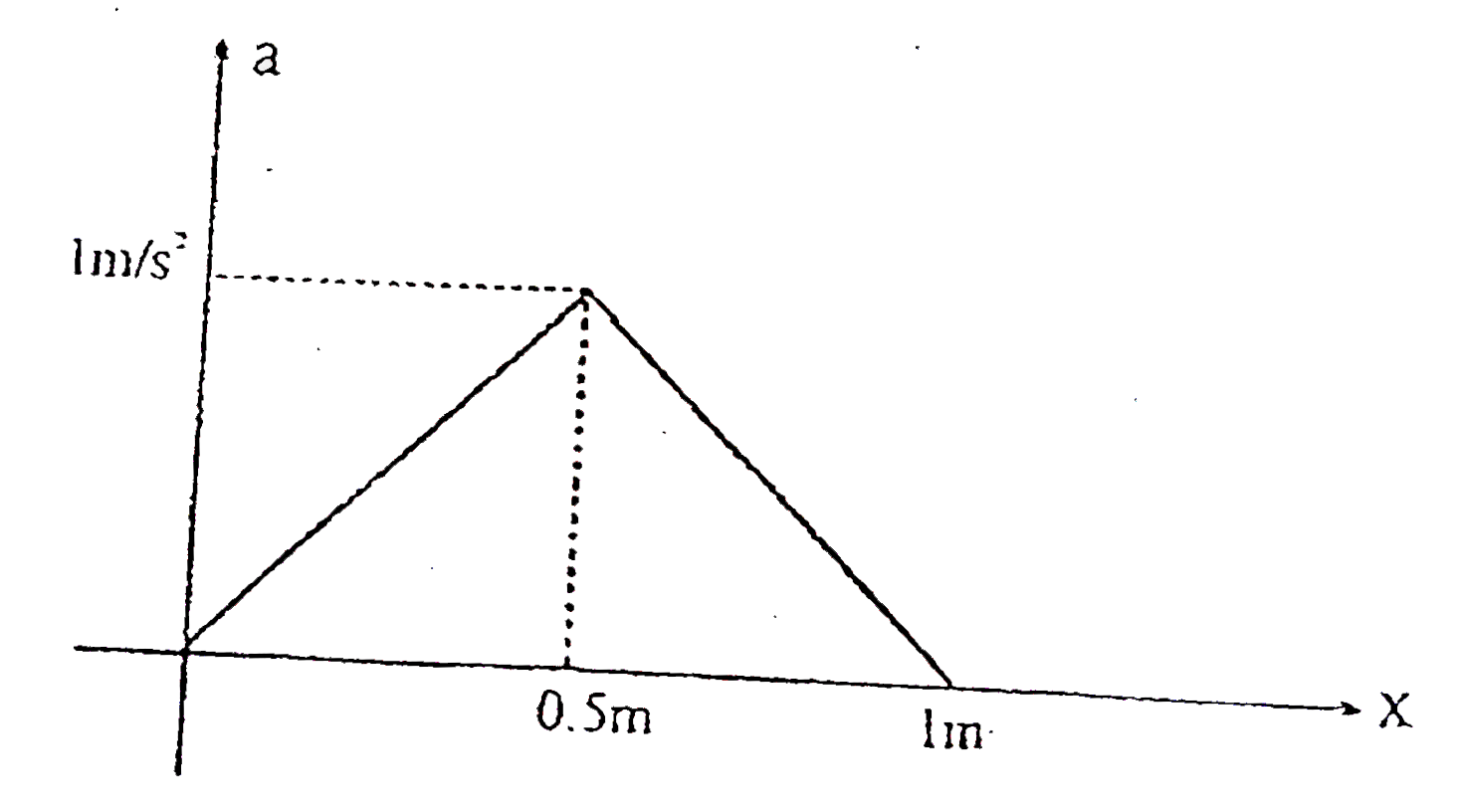
View SolutionA particle starts moving with constant, velocity v=ms, from position x=5m The position time graph will be
View Solution

